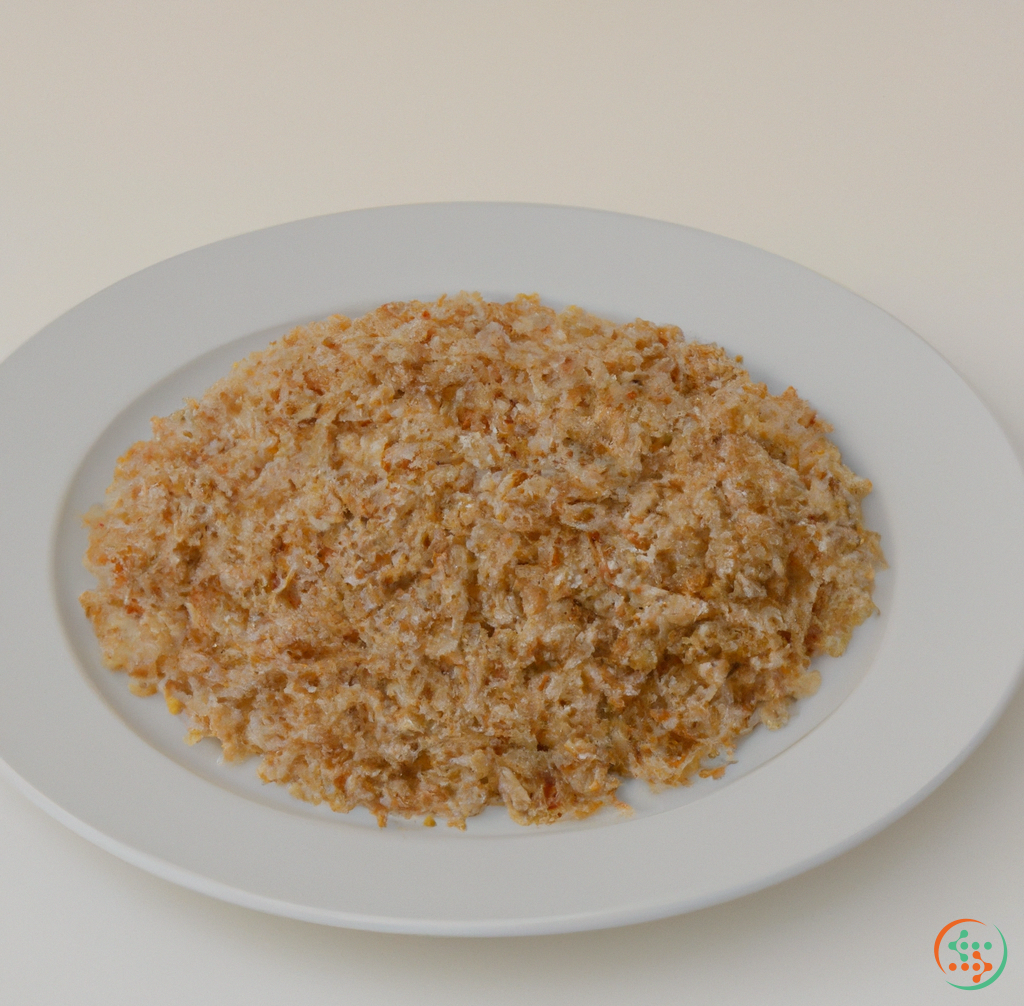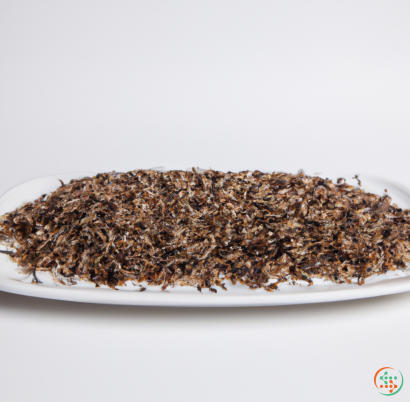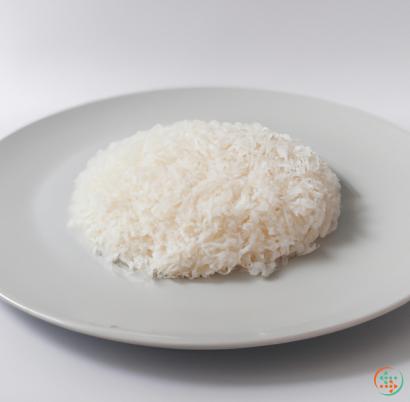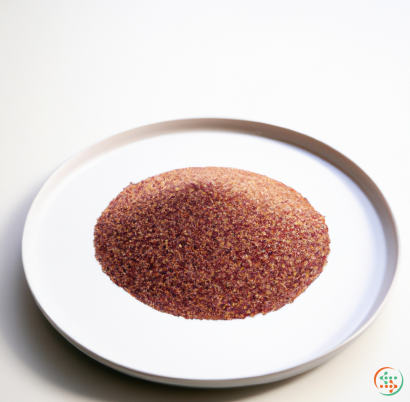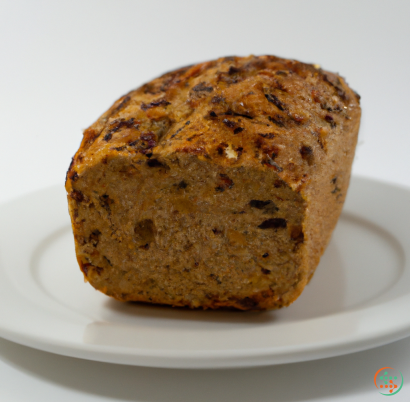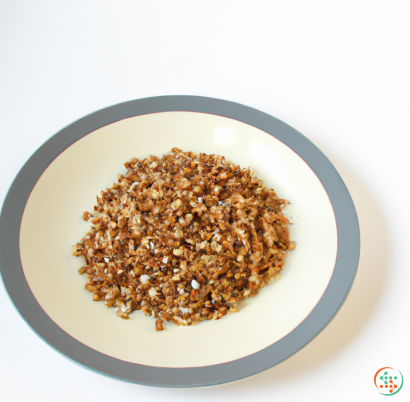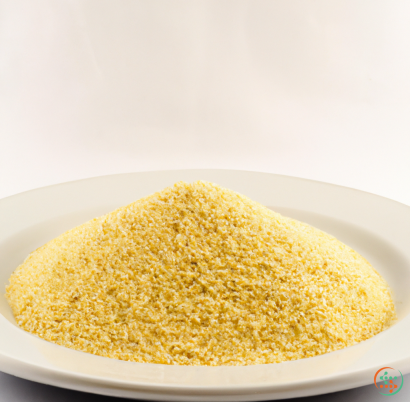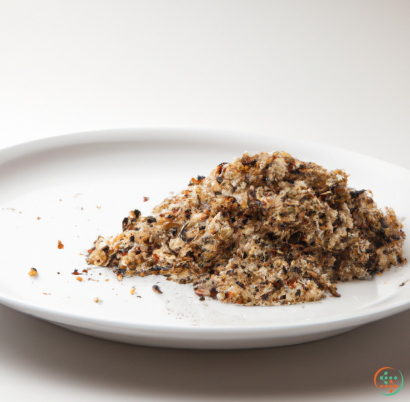Long-grain Brown Rice
Long-grain brown rice is a delicious and healthful variety of whole grain rice, packed with complex carbohydrates and essential nutrients important for the maintenance of healthy bodily tissues and the prevention of chronic diseases. Long-grain brown rice is an excellent source of dietary fiber and minerals like thiamine, riboflavin, maganese and selenium, and contains all of the essential amino acids required by the body to function properly.
What is long-grain brown rice?
Long-grain brown rice is a variety of whole grain rice that still has its nutrient-rich outer layer intact, called the bran. This layer must be milled away to become white rice, but long-grain brown rice is harvested and processed without removing the bran, resulting in higher levels of dietary fiber, vitamins and minerals. Long-grain brown rice has a mild nutty flavor and firm texture – the grains are four to five times longer than they are wide, and hold their shape even after cooking. Its most common use is as an accompaniment to savory dishes, but it can also be used to make pilafs, sweet rice puddings, and even sushi.
Nutritional Benefits
The biggest difference between brown rice and white rice is the presence of the bran layer. Brown rice is higher in fiber, B-vitamins, minerals, and protein than polished white rice. The increased fiber content of long-grain brown rice makes it the perfect choice for people on a low-calorie diet, as the fiber helps to fill the stomach quickly, curbing the urge for snacking between meals. Additionally, the increase in fiber can help to lower blood cholesterol levels, regulate blood sugar, and even reduce the risk of colorectal cancer.
Long-grain brown rice also contains a significant amount of thiamine and riboflavin, both of which are essential for nerve and brain development, as well as aiding in the production of energy from food. The magnesium present in long-grain brown rice can assist with issues such as arthritis, diabetes, and migraines. It’s also an excellent source of manganese, an essential trace mineral which supports healthy bones, teeth, digestion and energy metabolism. Selenium, another trace mineral found in long-grain brown rice, can help to protect against free radical damage in cells and boost the immune system.
Cooking with Long-Grain Brown Rice
When cooking with long-grain brown rice, it's important to note that it takes significantly longer to cook than white rice. Most varieties require around 45 minutes of boiling after soaking, while some may take up to an hour. To achieve the best texture, long-grain brown rice is best cooked using a ratio of two parts water to one part rice. This will allow the rice to absorb all of the water during the cooking process.
When it comes to adding flavor to long-grain brown rice, the simplicity of cooking it with just olive oil, a pinch of salt, and some herbs is hard to beat. Alternatively, it can be cooked with a vegetable, including mushrooms, diced squash, leeks, or onion. Broth can also be used to cook the rice and make a flavorful vegetarian meal. Additionally, long-grain brown rice is the perfect base for cold salads, such as Spanish-style Tomato Rice, as it does not become mushy after it has been cooked.
Long-grain brown rice is an excellent source of complex carbohydrates, essential nutrients and dietary fiber. It is versatile, with a mild flavor and firm texture. Including this delectable grain in your regular diet can provide numerous benefits, including weight loss, the promotion of heart health, and reduced risk of cancer and other chronic diseases. So give long-grain brown rice a try and reap all of its nutritious benefits.
From Bountiful Grain Paddy to Mouth Watering Dish: How Long-grain Brown Rice Makes it to a Dinner Plate
Rice is one of the most essential staples of many diets. It’s simple to cook, full of essential nutrients, and highly versatile. But how did it get from the paddy field to your dinner plate? In this blog post, we will explore the journey of brown rice from plant to plate, focusing on long-grain varieties.
The Growth of Long-Grain Brown Rice
Long-grain brown rice is grown all around the world, though the specifics depend on the region and climate. Various species of the Oryza sativa, or Asian rice plant, are the most commonly cultivated, and each has its own unique characteristics and requirements for growth.
When it comes to long-grain brown rice, the mature grain is distinctively large and slender. It has a typical length of up to 6 millimeters and ranges from light to medium brown in color.
To produce long-grain brown rice, farmers need to select their preferred variety and understanding their local environment to determine the best time to sow the seed. This can include soil conditions, water drainage, temperature, and hours of sunlight, among other aspects.
Once the conditions are right and the rice has been planted, it needs to be watered and fertilized regularly. During the seedling stage, the plant must be transplanter and provided ample nutrition. During its development, manual weeding and pest control are essential.
After several months, the plants will have early flowers, which will subsequently expand to form grain. As the plants ripen, the grains harden and their color matures from yellow to brown.
Harvesting Long-Grain Brown Rice
The ripeness of the long-grain brown rice indicates when harvesting should begin. While mechanical harvesters are commonly used, usually by large commercial operations, more traditional methods such as manual reaping and cutting are common in smaller farms. The harvested rice is then bundled into sheaves, a bundle of stalks tied together at the tops.
Once the rice sheaves are collected, they are stacked inside a threshing machine, instrument used to free the seed from the husks. As the drive shafts inside the machine rotate, the grain and husk are loosened from each other. These are then milled to remove the excess portions of husk.
The milled grain is then transferred to an aspirator, an air-driven machinery that separates the husks from the grain. This process is called winnowing, and it’s where the long-grain brown rice gets its defining appearance.
Once the winnowing has been completed, the yield is moved to packaging warehouses or factories. Here, special layers are used to protect the contents from moisture damage, and the packages are labeled with their specifications and proper instructions.
Shipping Long-Grain Brown Rice
The next step in the process of getting brown rice to your dinner plate is shipping. Long-grain brown rice is shipped various forms of transport depending on its destination. For international destinations, the grain is located in large containers and transported by cargo ships. Domestic shipping is typically done via trucking.
Once the long-grain brown rice has arrived, the packages are unloaded and their contents are checked for quality and grade. If everything is within specifications, the bags are then sent to their respective distribution centers, ready for commerce.
Cooking Long-Grain Brown Rice
Long-grain brown rice is highly nutritious, as it contains high levels of dietary fiber and iron, among other vitamins and minerals.
Cooking is relatively straightforward and requires minimal equipment. First, the rice needs to be rinsed with cold water, draining the starchy water in the process. This helps to remove dust and loose husks, resulting in cleaner and tastier end-product.
The rinsed rice needs to be cooked in a pot with double its volume of boiling water. A small amount of olive oil can be added to give texture and flavor to the rice. Once the liquid has come to a boil, the pot should be covered and set on low heat.
It normally takes up to 40 minutes for the rice to be ready. After this, the lid should be removed and the pot should be left covered to cool off. Fluffing the rice with a fork will allow it to “breath”, resulting in a light and fluffy texture.
At this point, the long-grain brown rice is now ready to be served!
Conclusion
By now, you should have a better understanding of the steps involved in getting long-grain brown rice from the fields to a dinner plate. Harvesting, packaging, shipping, and cooking all play a part in this fascinating process.
For centuries, rice has sustained diets worldwide, and long-grain brown rice is one of its most popular and nutritious forms. Next time you’re serving it, take a moment to appreciate how much of a journey the grains had to make in order to reach your plate.
| Vitamin E | 0.17 mg | |
| Vitamin K | 0.2 ug | |
| Vitamin B1 | 0.18 mg | |
| Vitamin B2 | 0.07 mg | |
| Vitamin B3 | 0.00256 grams | |
| Vitamin B4 | 0.0092 grams | |
| Vitamin B5 | 0.38 mg | |
| Vitamin B6 | 0.12 mg | |
| Vitamin B9 | 0.009 mg |
| Calcium | 0.003 grams |
Daily Value 1.3 g
|
| Iron | 0.56 mg |
Daily Value 0.018 g
|
| Magnesium | 0.039 grams |
Daily Value 0.4 g
|
| Phosphorus | 0.103 grams |
Daily Value 1.25 g
|
| Potassium | 0.086 grams |
Daily Value 4.7 g
|
| Sodium | 0.004 grams |
Daily Value 2.3 g
|
| Zinc | 0.71 mg |
Daily Value 0.011 g
|
| Copper | 0.11 mg |
Daily Value 0.9 mg
|
| Manganese | 0.97 mg |
Daily Value 0.0023 g
|
| Selenium | 0.0058 mg |
Daily Value 0.055 mg
|
| Tryptophan | 0.033 grams | |
| Threonine | 0.095 grams | |
| Isoleucine | 0.109 grams | |
| Leucine | 0.214 grams | |
| Lysine | 0.099 grams | |
| Methionine | 0.058 grams | |
| Cystine | 0.031 grams | |
| Phenylalanine | 0.133 grams | |
| Tyrosine | 0.097 grams | |
| Valine | 0.151 grams | |
| Arginine | 0.196 grams | |
| Histidine | 0.066 grams | |
| Alanine | 0.151 grams | |
| Aspartic Acid | 0.242 grams | |
| Glutamic Acid | 0.526 grams | |
| Glycine | 0.127 grams | |
| Proline | 0.121 grams | |
| Serine | 0.134 grams |
| Sucrose | 0.24 grams |
|
| Total Sugars | 0.2 grams |
per 100g
|
| Capric acid (10:0) | 0.02 grams |
|
| Myristic acid (14:0) | 0.01 grams |
|
| Palmitic acid (16:0) | 0.2 grams |
|
| Stearic acid (18:0) | 0.02 grams |
|
| Lignoceric acid (24:0) | 0.01 grams |
|
| Total Saturated fatty acids: | 0.26 g | |
| Oleic acid (18:1) | 0.37 grams |
|
| Total Monounsaturated fatty acids: | 0.37 g | |
| Omega-3 Alpha-linolenic acid (18:3) | 0.01 grams |
|
| Linolenic acid (18:3) | 0.01 grams |
|
| Linoleic acid (18:2) | 0.36 grams |
|
| Total Polyunsaturated fatty acids: | 0.38 g | |
